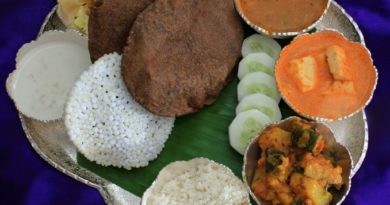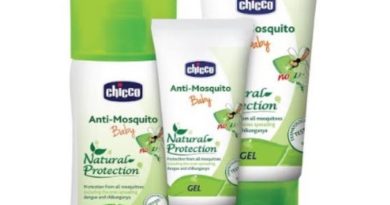Things you should know about Skin whitening Treatment
By Dr Mohan Thomas, Senior Cosmetic Surgeon, Cosmetic Surgery Institute
One of the most prominent concerns for Indians who have Type 3-6 skin on the Fitzpatrick scale is fairness. They especially the females would do anything to improve their skin colour as it is considered a sign of being rich. Patches on the face due to sun damage, burns or hormonal changes are considered a sign of being diseased. People who have dark circles are considered to be sad, sick or lost a lot of weight.
Improving the skin colour even in Indians who have Type 2 or Type 3 skin is a favourite pass time. People in the western countries want a tan on their skin whereas in India where the majority of people have Type 4 -6 skin would give anything to be fair. Mothers feed their children almonds and milk and apply various concoctions to improve skin colour, pregnant women are given saffron laced milk so that they have fair skinned progeny.
With so much at stake at marriage, the commonest period for a woman to consider skin lightening or whitening is the premarriage period. Other common periods include perimenopausal when hormonal changes bring about increased pigmentation on the face or after a holiday when continuous sun damage causes prominent pigmentation patches on the facial skin.
There are 3 common treatment pathways to reduce pigmentation.
- Ingestion and infusion of the miraculous antioxidant Glutathione along with other antioxidants. This suppresses the formation of the dark pigment Melanin and converts it into the lighter pigment due to suppression of the enzyme tyrosinase. This is normally present in our body in small quantities but when injected in therapeutic doses the skin starts to glow and in majority of people the skin becomes lighter by at least 2 shades. This treatment works for the skin all over the body and is very beneficial for pigment which is situated in the deeper layers of the skin. It is important to wear a sun protection at all times so as to prevent formation of pigment.
- The second way to reduce localised pigmentation caused by hormonal changes such as Melasma and or sun damage is the use of Laser which helps to breakdown the pigment into smaller fragments which is then removed. “Q-switched” laser in multiple stages is used as a single or double pass over the area of pigmentation. Protection from further sun damage as well as reduced inflammation by using anti-inflammatory medications reduces the chances of having pigmentation again.
- The third time tested method to reduce localised pigmentation is the use of acids which takes of the superficial layer of the skin. The extent of skin removal depends on the type of acid and its strength. Pigment present in the topmost layers of the skin can be removed completely. The new lighter coloured skin takes its place. This has to be maintained by consuming healthy diet and a protective sunscreen containing Zinc oxide or Titanium dioxide.
Many times, for very resistant areas specially for people who have undergone multiple treatments, a combination of all or some of the above treatments may be required. it is always better to start treatments gradually so that remedial action can be taken if the skin is sensitive.
In very resistant pigmentation the only option may be water proof makeup which can be used to cover up any blemishes on the exposed areas.




